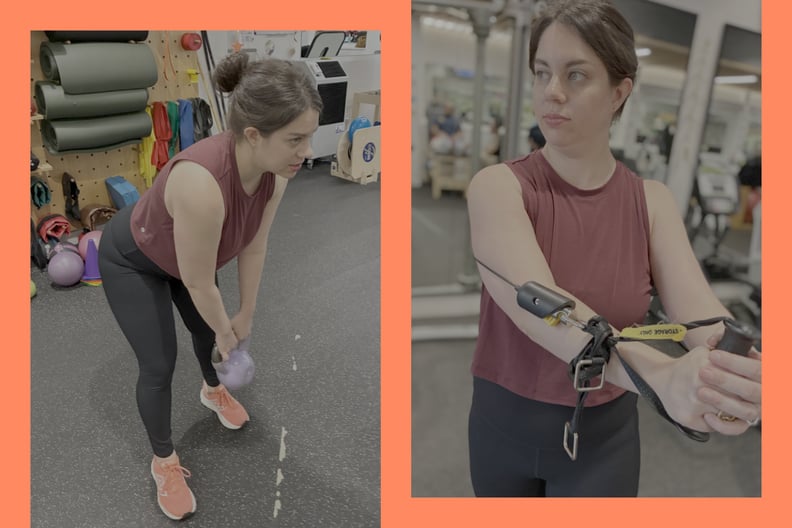In an era where high-intensity workouts and boutique fitness classes often dominate the conversation, one woman’s journey reveals a surprising truth: physical therapy can be just as effective as traditional exercise. Joanna Brenner, a group workout instructor and millennial woman, shares her transformative experience of finding empowerment through physical therapy rather than conventional fitness regimes.
For Brenner, the realization that physical therapy could be her best workout came after years of associating exercise with body image issues. Growing up in the early 2000s, a time when the fitness culture was heavily focused on achieving a “skinny” physique, she struggled with the pressure to conform. Despite her role as an inclusivity-focused instructor, Brenner admits to battling her own body image challenges and confusion about the “right” workout routine.
From High-Intensity to Healing
Last year, Brenner found a workout routine that seemed to work: a combination of cycling, running, and barre classes. This mix kept her energy levels high and her heart healthy. However, like 84 percent of the population, she began to suffer from chronic low back pain, attributed to over-exercise, prolonged sitting, and lifting her son, who has always been in the 99th percentile for height.
The pain escalated to the point where a sudden traffic stop on the George Washington Bridge nearly left her paralyzed. Following this incident, an orthopedic doctor recommended physical therapy to strengthen her back, suggesting sessions four times a week. Initially shocked by the frequency, Brenner settled on attending twice a week.
Discovering the Benefits of Physical Therapy
With apprehension, Brenner began her physical therapy sessions, replacing her beloved barre classes with a healing plan she was unsure about. Each session involved a recap of her back’s condition, manual tension release, and gentle strengthening exercises tailored to her pain level. Despite her fears, she gradually realized the effectiveness of these sessions.
Three months into her treatment, Brenner experienced a breakthrough moment. During a session, she noticed sweat dripping from her face after completing a set of exercises. It was then that she recognized physical therapy as a legitimate workout. Her physical therapist confirmed this, highlighting that recovery was indeed a form of movement.
Changing Perceptions of Exercise
The stigma around pausing typical workouts for physical therapy is not uncommon. Ben Miles, a director at Spear Physical Therapy in New York City, notes that many patients share Brenner’s apprehension. These patients, often dealing with chronic low back pain, fear losing strength during their recovery period.
“You’re not going to lose drastic strength in that time period,” Miles reassures. “You’re working on stability and everything that supports that. You could come out stronger.”
In today’s fitness culture, the concept of exercise is often tied to intensity and validation through specific metrics. However, Brenner’s experience underscores the importance of viewing exercise as a health tool. By focusing on healing, she found herself getting the best workouts of her life.
Redefining Exercise
As Brenner learned, exercise is not defined by financial commitments, the pursuit of slenderness, or exclusive memberships. It’s about health and well-being. Her journey through physical therapy taught her to appreciate movement in all its forms, and she encourages others to do the same.
Joanna Brenner’s story is a reminder that exercise should be tailored to individual needs and that healing can be a powerful form of movement. As she continues to support the curation and production of newsletters at PS, Brenner remains committed to helping readers engage with health and fitness stories in ways that make them feel seen and understood.
